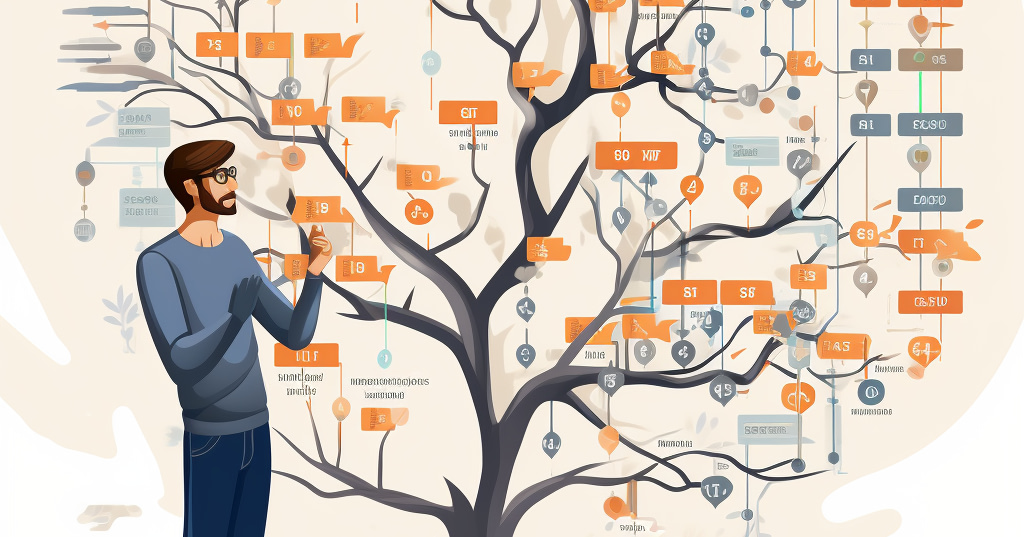Welcome to “Statistics in Pills.” We simplify complex machine learning concepts into bite-sized, easy-to-understand insights. Today’s topic is the fascinating Decision Trees algorithm. It is a fundamental tool in machine learning. It plays a crucial role in the field.
Understanding Decision Trees: The Simplicity Behind Complexity
Picture a tree, not one that you find in nature, but a structure formed by data and decisions. Each branch of this tree represents a decision path, and each leaf marks a final decision outcome. This representation is the essence of Decision Trees in machine learning. It is simple yet effective.
How Decision Trees Function
The journey through a Decision Tree starts at the root. Here, the tree evaluates the input data, branching out based on specific features. This branching process is akin to asking a series of yes/no questions, each leading down a different path. As we travel deeper, the tree structure becomes more intricate. Then, we reach the leaves, where we find our answers or predictions. This elegant process forms the basis of how Decision Trees make sense of complex data.
The Versatility of Decision Trees
What sets Decision Trees apart in the world of machine learning is their versatility. They excel in both classification and regression tasks. They handle numerical and categorical data with ease. Their intuitive nature aids in straightforward visualization. It also mirrors the human decision-making process. This makes them a relatable and accessible tool in machine learning.
Moreover, Decision Trees are the foundation for more complex algorithms like Random Forests. They prove how simple decisions, when layered together, can solve intricate problems. This is a testament to their power and utility in data science.
Wrapping Up: Decision Trees in the ML Toolkit
In conclusion, Decision Trees are more than an algorithm. They are a fundamental tool in any machine learning practitioner’s toolkit. They are invaluable because they simplify complex information. They also break down data into understandable parts. For anyone entering the vast realm of AI and data science, it is not beneficial to understand and use Decision Trees. It’s essential.
Join us next time in “Statistics in Pills.” We will continue to demystify the captivating world of machine learning algorithms. We will also explore them.

